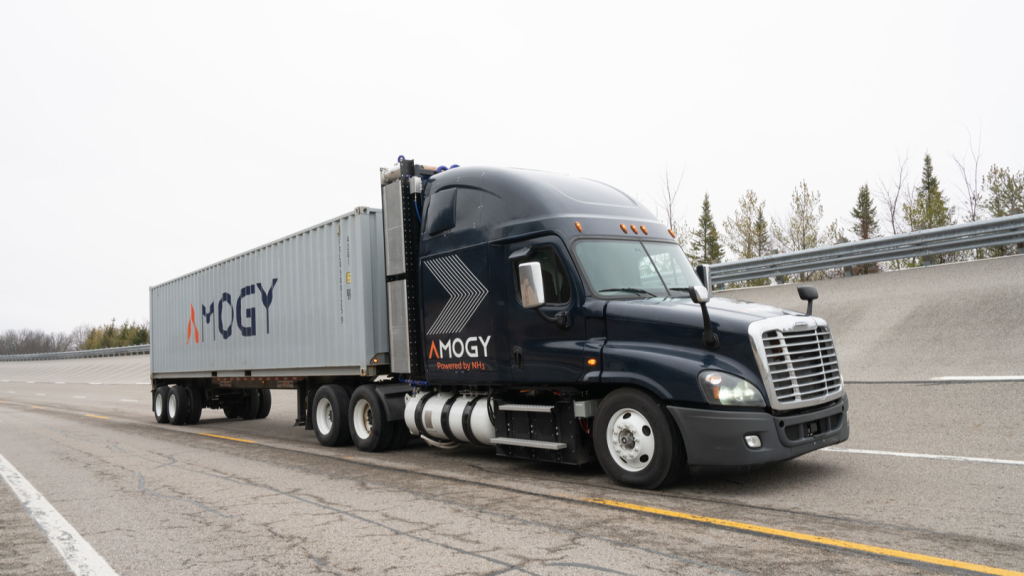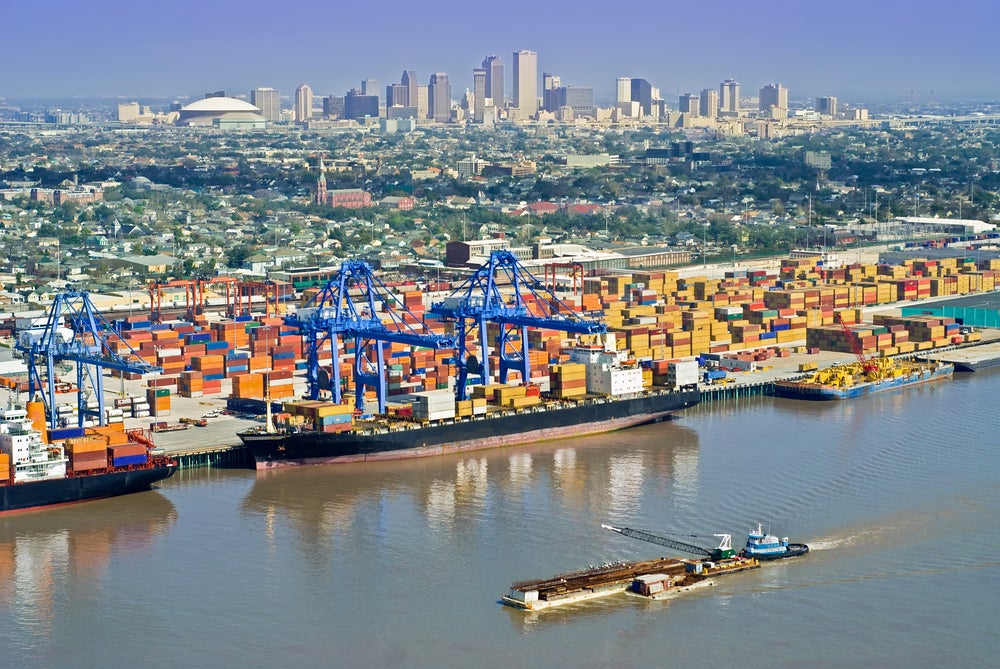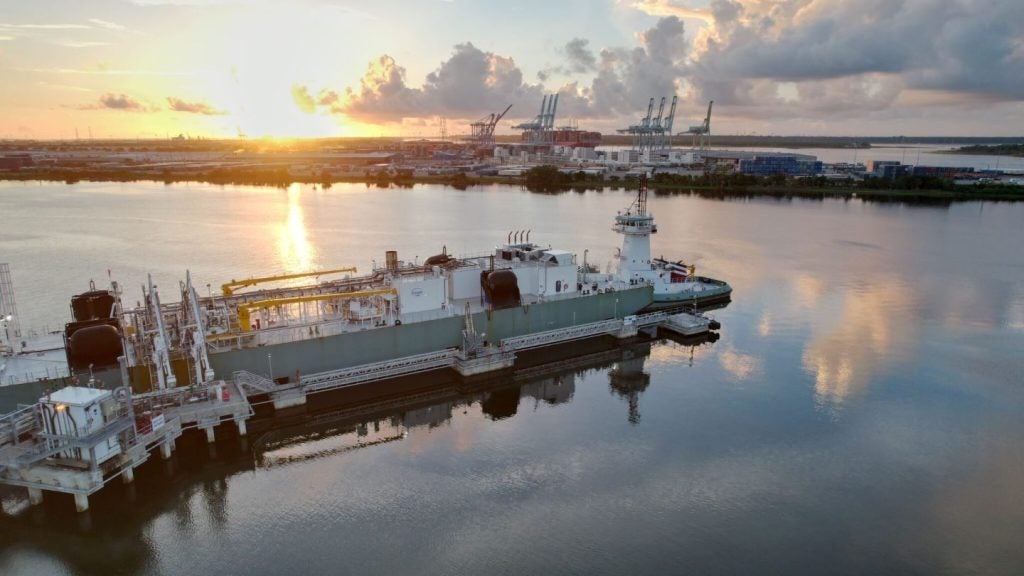Ammonia technology company Amogy has begun work on its manufacturing facility in Houston, Texas, as it builds up to launching commercial sales of its “powerpack” fuel technology.
The $40m project will see the renovation of 53,000ft² former oil and gas equipment factory and is set to come online in early 2024.
It will be used for the manufacturing of the powerpack, which converts ammonia into hydrogen to be directly integrated into a fuel cell to provide clean energy to vessels, with around 200 employees expected to be hired by the end of 2024.
Amogy co-founder and CEO Seonghoon Woo said: “We chose Houston as the ‘energy capital of the world’ because we wanted to be near customers, suppliers and the right talent as we ramp up operations. We are eager to begin manufacturing so we can deliver to customers globally.”
The facility will mark a significant step forward for the clean energy company, which already has a presence in Brooklyn, New York, Singapore and Norway, as it works towards the first maritime demonstration of its technology at 1MWon a tugboat.
Speaking to Ship Technology, Anastasija Kuprijanova, Amogy’s director of maritime business development, said that the company was working to showcase the hybridisation approach of integrating ammonia-powered energy that Amogy’s technology allows.
The Amogy director highlighted the importance of this kind of approach in the maritime industry’s long history of testing new technology alongside existing equipment, such as the use of wind sails on the first steamships and the use of batteries alongside fuel cells.
Kuprijanova said: “This is a really critical time for the maritime industry and navigating an energy transition is not something new for the sector. This sector has done it a number of different times; in fact, the maritime industry is quite unique in terms of a lot of these hard-to-decarbonise sectors, as we started with renewables.
“What Amogy’s technology allows for is that sort of hybrid transition. This allows for a crew to get comfortable with the technology and gain that additional level of social acceptance of the molecule and ammonia, being on board while looking into the future and understanding how they can have a fully decarbonised solution.”















